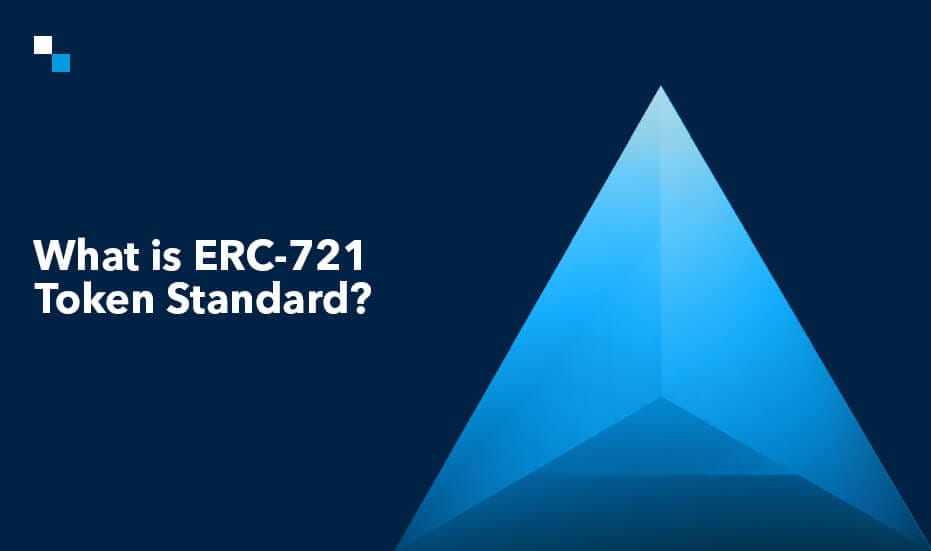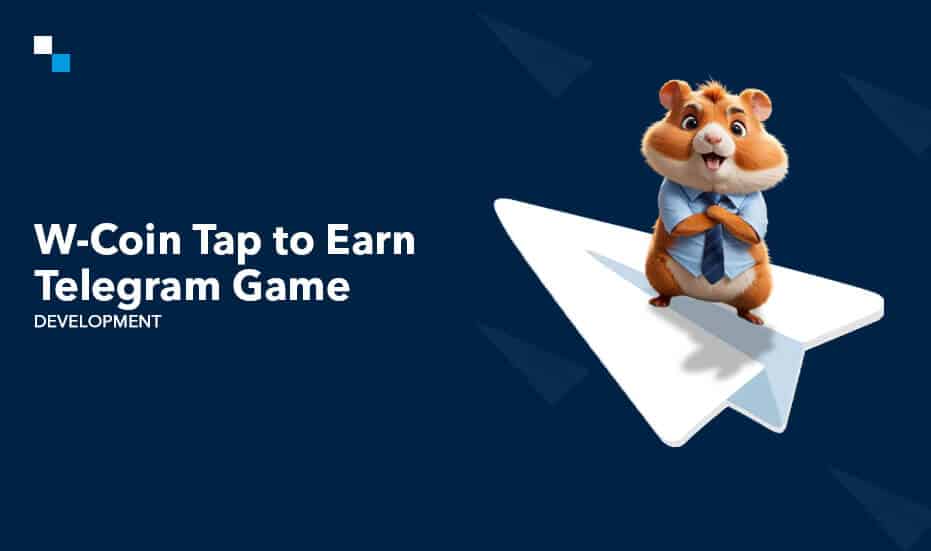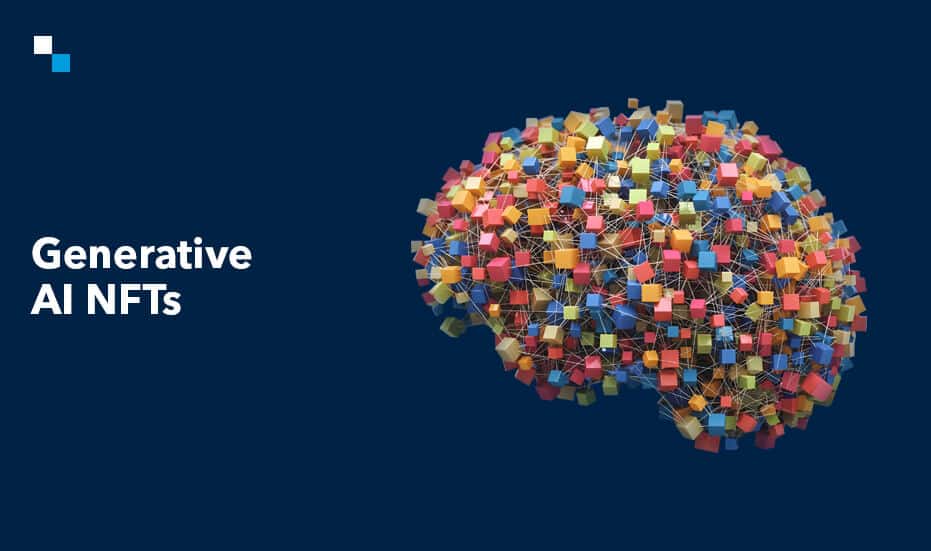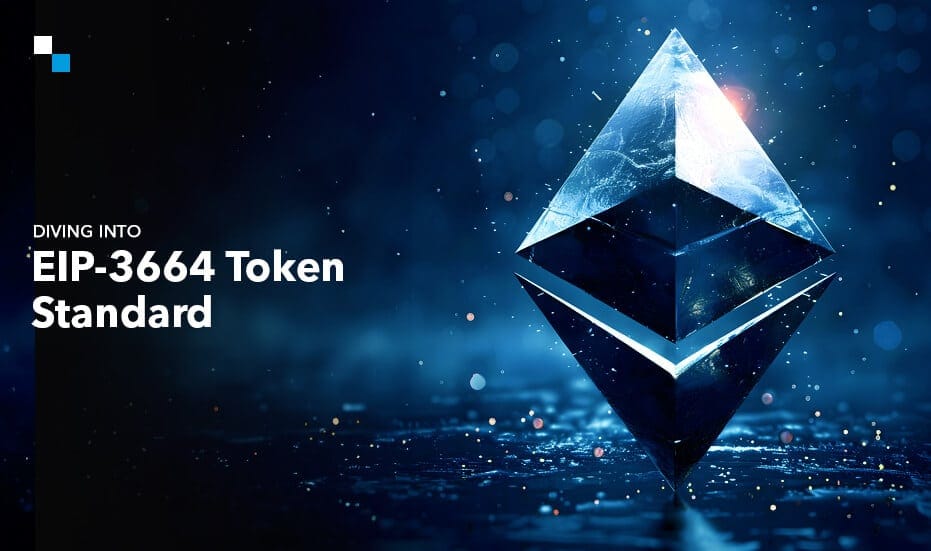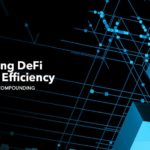
Enhancing DeFi Staking Platforms: Implementing Auto-Compounding Features for Greater Efficiency
July 18, 2024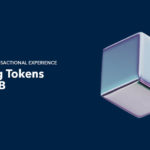
A Comprehensive Guide On How To Create Custom Tokens Like ARB
July 18, 2024Table of Contents
The emergence of blockchain in gaming and digital collectibles presented a critical challenge: the secure and standardized representation of unique in-game assets. To address this, the Ethereum blockchain introduced the ERC-721 token standard. This technical innovation, the ERC-721 standard, revolutionized the landscape by establishing a protocol for non fungible token development. Essentially, ERC-721 laid the groundwork for creating verifiable digital certificates of ownership for virtual items, paving the way for a paradigm shift in digital asset management.
What is the ERC-721 NFT Development Standard?
Let’s understand this with an illustration!
Most tokens are fungible, meaning they’re interchangeable. One Bitcoin is identical to another Bitcoin, just like a dollar bill is the same as any other dollar bill. This fungibility works well for cryptocurrencies, where the value lies in the total amount held, not the specific unit. However, for digital collectibles and in-game items, each piece can have unique value based on rarity, attributes, or sentimental attachment.
This is where the ERC-721 NFT token development standard comes in. Established on the Ethereum blockchain in 2018, ERC-721 is not a token itself, but rather a technical framework that defines how to create and manage non-fungible tokens (NFTs).
ERC-20 VS ERC-721 VS ERC-1155
Token standards define a set of rules and functionalities for creating and managing tokens on a specific blockchain, ensuring consistency and interoperability. Three of the most prominent NFT development standards on the Ethereum blockchain are ERC-20, ERC-721, and ERC-1155. Each standard caters to different types of digital assets and offers distinct advantages.
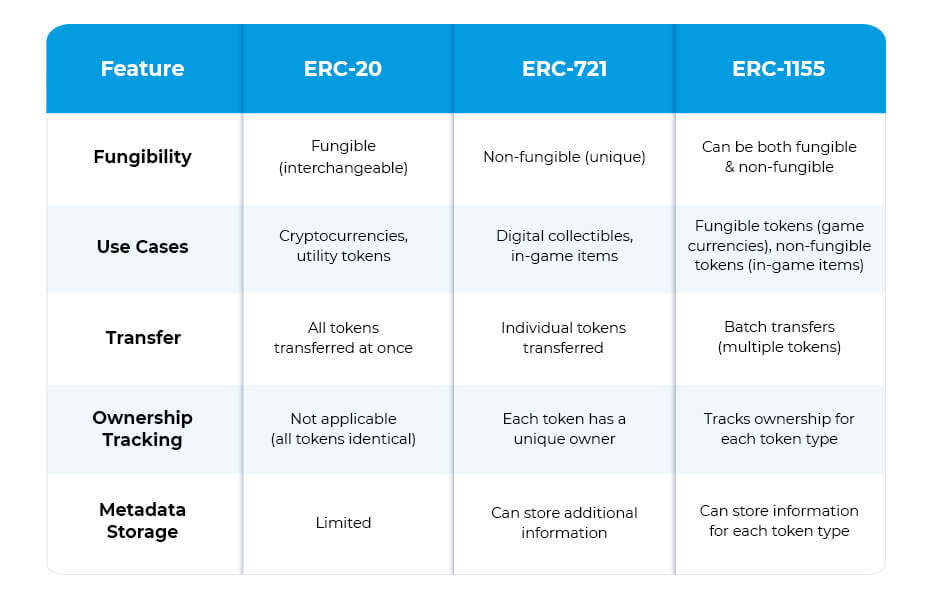
What is the Function of ERC721 Token?
Let’s delve into the function of ERC-721 NFT development standard and explore how it empowers a new era of digital ownership.
Here’s a breakdown of ERC-721’s core function:
- Non-Fungible Token (NFT) Framework: ERC-721 isn’t a token itself, but rather a technical standard that defines a way to create and manage NFTs. These NFTs act as unique digital certificates of ownership for virtual items. Imagine them as digital receipts that prove you own a specific piece within a collection.
- Standardized Management: ERC-721 establishes a set of rules and functionalities for smart contracts – self-executing code on the blockchain – to handle these unique digital assets. This ensures a consistent and secure way to:
- Mint NFTs: Create new, one-of-a-kind NFTs within a collection.
- Track Ownership: Maintain a transparent record of who owns a specific NFT.
- Transfer Ownership: Facilitate secure and verifiable transfers of NFTs between users.
- Store Metadata: Allow for additional information to be associated with the NFT, such as its name, description, or special attributes.
By providing a standardized approach, ERC-721 unlocks a new paradigm for digital ownership and non fungible token development space. It empowers creators to issue verifiable certificates for their digital creations, fosters secure trading of these assets, and paves the way for innovative applications in gaming, collectibles, and beyond.

How to Create and Deploy ERC-721?
Creating and deploying an ERC-721 NFT development standard involves several steps:
1. Initial Preparation:
- Understanding Smart Contracts: ERC-721 is implemented through smart contracts, self-executing code on the blockchain. A basic grasp of smart contract development is crucial.
- Choosing a Development Environment: Popular options include tools like Remix, TruffleSuite, or Hardhat. These provide functionalities for writing, compiling, and deploying smart contracts.
- Test Network vs. Mainnet: It’s highly recommended to develop and test your ERC-721 contract on a test network (e.g., Rinkeby, Ropsten) before deploying it on the Ethereum mainnet. Test networks provide free or low-cost transactions for experimentation.
2. Writing the Smart Contract:
- ERC-721 Standard Implementation: Your smart contract code needs to implement the functions defined in the ERC-721 NFT development standard. These functions handle tasks like minting NFTs, transferring ownership, and tracking ownership records. Many online resources and open-source code examples can serve as a starting point.
- Additional Features: You can add functionalities specific to your project, such as setting a maximum supply of NFTs or defining unique properties for each NFT.
3. Compilation and Deployment:
- Compile the Code: The smart contract code needs to be compiled into a bytecode format that the Ethereum Virtual Machine (EVM) can understand. Your chosen development environment will typically have a compilation function.
- Deployment to Test Network: Once compiled, you can deploy the smart contract to a test network using your development tools and a connected cryptocurrency wallet with enough test funds to cover gas fees.
4. Testing and Refinement:
- Thorough Testing: Rigorously test your deployed smart contract on the test network to ensure it functions as intended. This includes testing minting, transfer, ownership tracking, and any custom features you implemented.
- Bug Fixes and Adjustments: Based on testing, you may need to modify your smart contract code and repeat the compilation and deployment process.
5. Mainnet Deployment:
- Deployment Considerations: Once your smart contract is thoroughly tested and refined, you can consider deploying it to the Ethereum mainnet. Mainnet deployments require real cryptocurrency for gas fees.
- Security Audits: For critical projects, it’s highly advisable to have your smart contract audited by security experts to identify and address potential vulnerabilities before deploying it on the mainnet.
Use Cases of ERC-721 Token
The ERC-721 token standard has revolutionized the way we interact with digital assets. By enabling the creation of non-fungible tokens (NFTs), ERC-721 has unlocked a vast array of exciting use cases. Let’s explore some of the most prominent applications driving the adoption of ERC-721 tokens across non fungible token development space.
- Gaming: ERC-721 breathes life into in-game economies. Players can own unique digital items like weapons, skins, or avatars, fostering a sense of true ownership and enabling secure trading within the game’s ecosystem.
- Virtual Worlds: Imagine owning a unique parcel of land or building in a virtual world like Decentraland or The Sandbox. ERC-721 facilitates this, allowing users to buy, sell, and trade virtual real estate, creating a dynamic digital property market.
- Event Tickets: Ticketing systems can leverage ERC-721 tokens for secure and verifiable event tickets. This eliminates counterfeiting and allows for secondary market transactions with transparent ownership records.
- Decentralized Finance (DeFi): ERC-721 opens doors for innovative financial instruments. Real-world assets like property or artwork can be tokenized using ERC-721, enabling fractional ownership and democratizing access to investment opportunities.
- Domain Names: Projects like ENS (Ethereum Name Service) and Unstoppable Domains use ERC-721 to represent decentralized domain names. This provides users with greater control and censorship resistance compared to traditional domain name systems.
- Loyalty & Reward Programs: Businesses can utilize ERC-721 tokens to create unique and verifiable loyalty rewards. These tokens can represent exclusive memberships, discounts, or access to special events, fostering deeper customer engagement.
- Certification & Credentials: Educational institutions or professional organizations can issue tamper-proof digital certificates using ERC-721 NFT development standard. This offers a secure and verifiable way to showcase qualifications and achievements.
Cost to Develop a Token on ERC-721 Standard
The burgeoning world of non-fungible tokens (NFTs) and ERC-721 tokens presents exciting possibilities for creators and businesses alike. However, when it comes to building your own ERC-721 token, understanding the underlying costs is crucial for informed decision-making. Here, we’ll delve into the key factors that influence the development cost of an ERC-721 token:
- Complexity of Smart Contract: The core functionality of your ERC-721 NFT development standard plays a significant role. A basic token with standard minting and transfer functions will have a lower development cost compared to a token with complex features like auctions, tiered ownership, or integration with other DeFi protocols.
- Development Expertise: The experience and skillset of the developers you work with can impact the cost. Hiring seasoned blockchain developers with a proven track record in ERC-721 development will likely be more expensive than working with less experienced individuals.
- Deployment Platform (Testnet vs. Mainnet): Initially, deploying your token on a test network like Rinkeby or Ropsten for testing purposes is crucial. These test networks have minimal or even no transaction fees. However, deploying on the Ethereum mainnet incurs gas fees, which can fluctuate based on network congestion.
- Security Audits: For mission-critical projects, conducting a thorough security audit by a reputable blockchain security firm is highly recommended. This can add to the overall cost but is essential for identifying and mitigating potential vulnerabilities in your smart contract code.
- Additional Features: Do you envision integrating your token with existing marketplaces, creating a user interface, or adding unique functionalities? These additional features will require further development work, influencing the overall cost.
By carefully considering these factors, you can gain a clearer picture of the potential non fungible token development costs associated with your ERC-721 token project.
Final Thoughts
The concept of fractional ownership of NFTs is poised to unlock wider participation in valuable digital assets. Additionally, ERC-721 and its successors may pave the way for a new generation of play-to-earn games, where players truly own in-game items and contribute to the value of virtual economies. As technology evolves and regulations are established, NFTs powered by robust standards have the potential to revolutionize how we interact with, own, and monetize digital creations.
Are you ready to unlock the potential of non fungible token development for your project? Antier, with its team of seasoned blockchain developers and proven experience in ERC-721 tokenization, is the ideal partner to guide you through every step of the process. Contact Antier today and turn your vision for the NFT space into reality!
